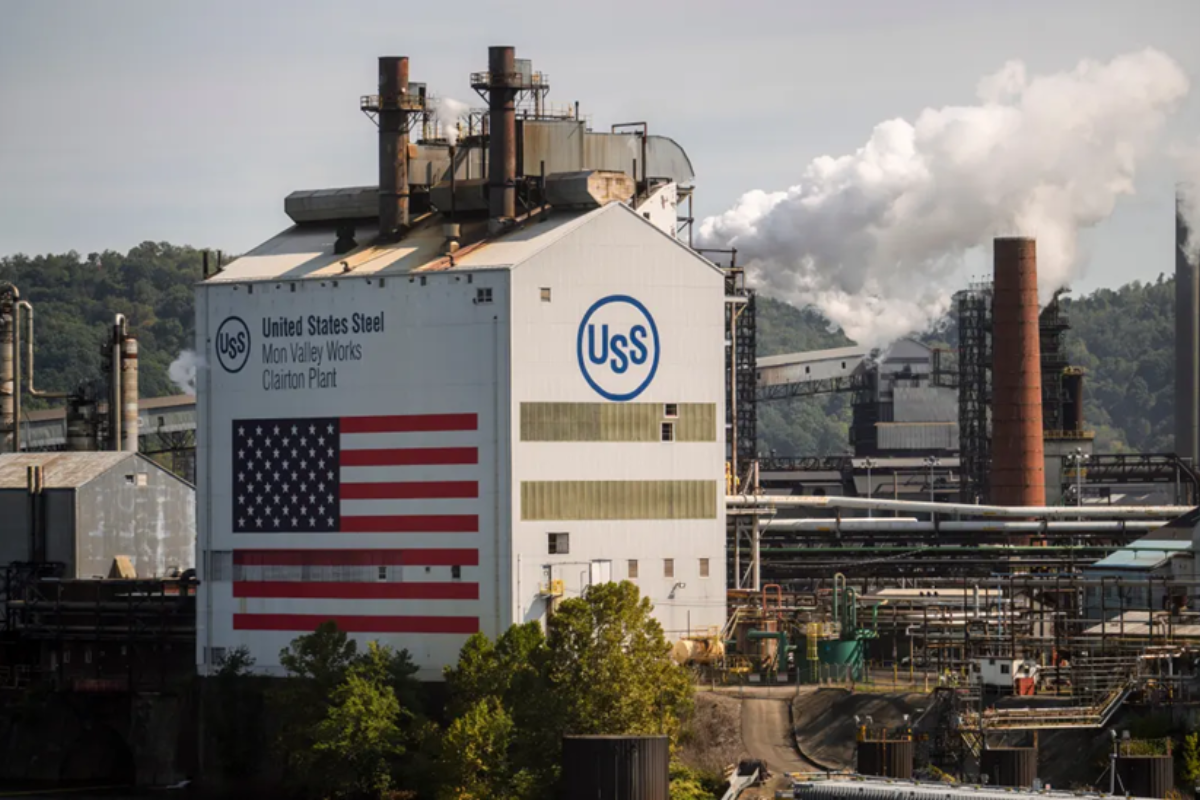nuary 27, 2025, to expand production and enhance sustainability initiatives. CEO David B. Burritt emphasized, “We’re positioning ourselves to meet rising demand while leading the industry toward a greener future.”
The company aims to capitalize on increased infrastructure spending in the U.S. and globally. Significant investments, including a $3 billion modernization of its plants, will boost capacity and improve energy efficiency. Burritt noted, “Our strategy ensures we’re not just growing but doing so responsibly.”
Global steel demand has risen due to large-scale projects, including renewable energy and transportation networks. According to the World Steel Association, global steel production grew by 3.2% in 2024 and will continue into 2025. U.S. Steel expects its eco-friendly products to be a key competitive advantage.
The company’s focus on sustainability aligns with global efforts to reduce carbon emissions. U.S. Steel has pledged to achieve carbon neutrality by 2050, investing in electric arc furnaces and other low-emission technologies. “Our commitment to sustainability is non-negotiable,” Burritt said.
This renewed strategy comes after challenges, including fluctuating steel prices and rising competition from overseas producers. U.S. Steel’s stock rose 7% following the announcement, reflecting investor confidence in its growth plan. Industry analysts view the move as a significant step toward long-term resilience.
As infrastructure spending rises under federal initiatives like the Infrastructure Investment and Jobs Act, U.S. Steel is positioning itself as a key supplier. The company plans to prioritize domestic contracts while exploring international opportunities. Burritt stated, “Our priority is to serve our nation while extending our reach globally.”
The energy transition, which requires vast steel for wind turbines, solar farms, and electric vehicles, also bolsters the steel industry’s recovery. Experts believe U.S. Steel’s green strategy will attract environmentally conscious buyers, which analysts suggest could secure the company’s leadership in the evolving market.
Despite optimism, challenges remain, including labor shortages and volatile raw material costs. Burritt acknowledged these hurdles, saying, “We are addressing workforce issues with competitive wages and training programs while managing costs carefully.” The company remains confident in its ability to adapt.
With its aggressive growth strategy and focus on sustainability, U.S. Steel is striking while the iron is hot. As demand grows, the company’s investments in technology and green production are expected to keep it ahead of the competition. Burritt concluded, “This is a pivotal moment for our industry and U.S. Steel.”
Global steel markets and climate-conscious consumers will closely watch U.S. Steel’s next moves. The company’s strategy positions it for immediate gains and aims to secure its place in a greener, more dynamic future.




